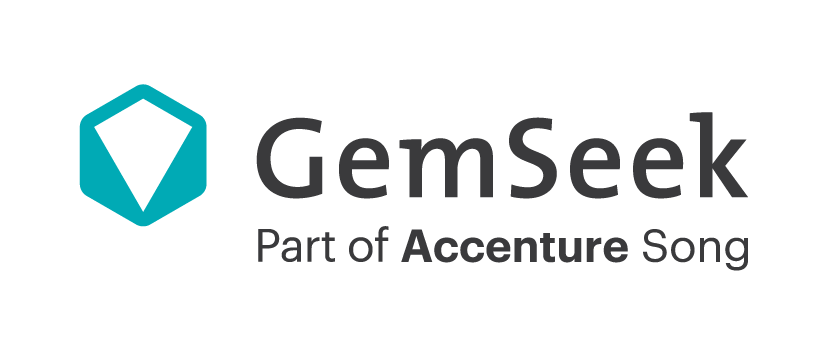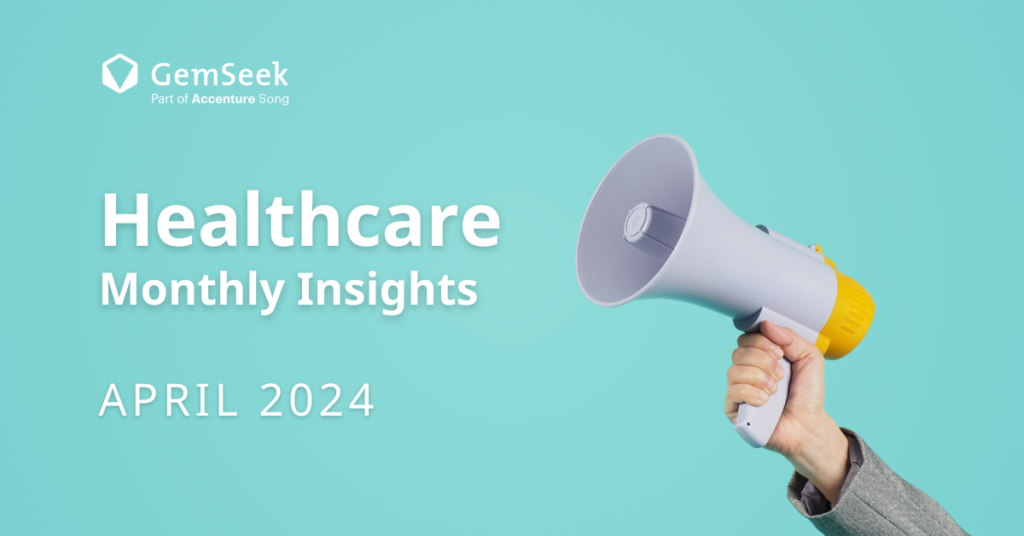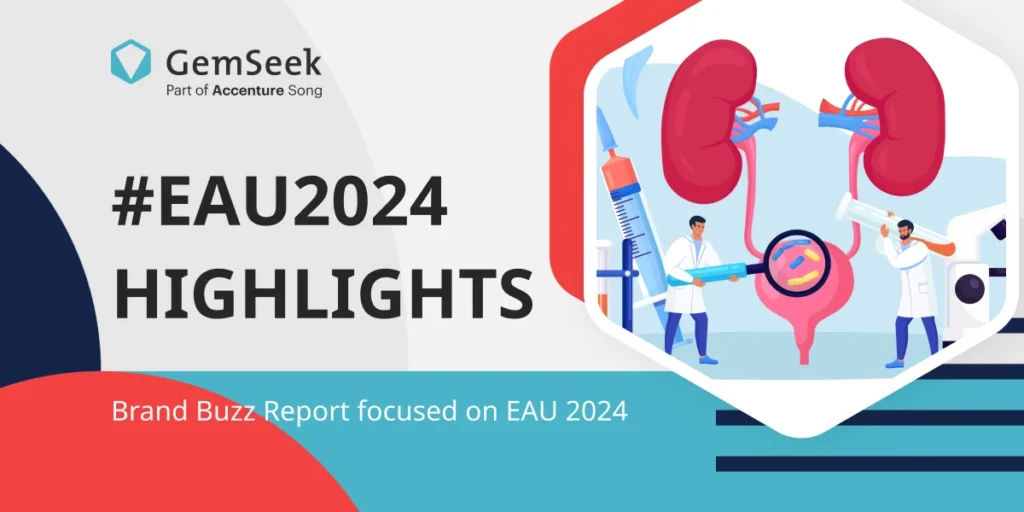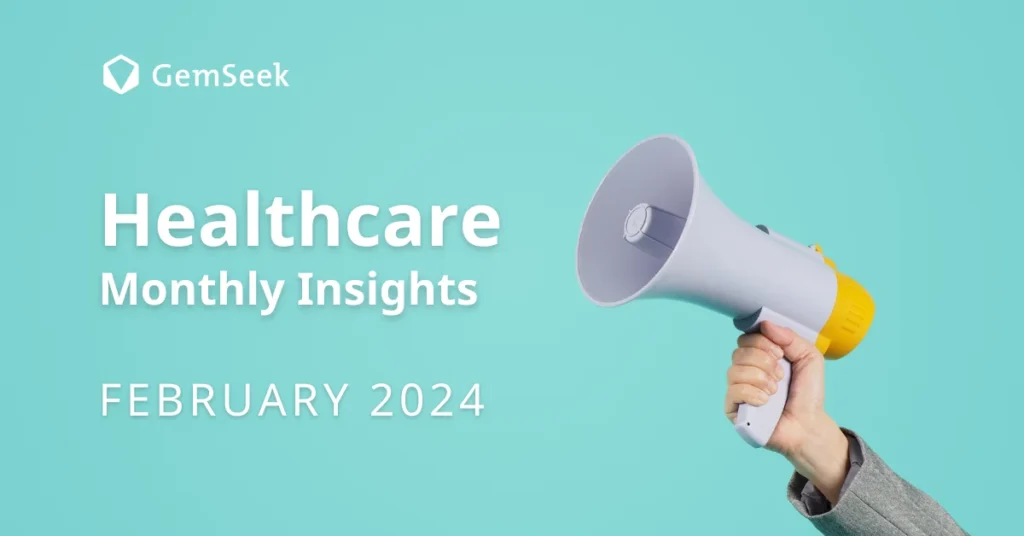Is it possible to provide more with less and serving your patients the right treatment? This is one of the main questions that hasn’t fallen off the healthcare agenda yet. In a recent event, healthcare professionals discussed the future of care and ways to deliver better, personalised service in a cost-efficient manner.
Value-based care opens many discussions, and many revolve around adopting and implementing healthcare analytics into current ecosystems, to achieve few main goals:
Personalise care
Personalisation is not a new concept, and many industries, such as telecommunications and insurance, have utilised it, so clients get both the services and products that best fit their needs, and have exceptional customer experience with the companies they buy from. In recent years, the concept makes its way into healthcare.
Personalisation serves a simple, yet hard to achieve purpose – reduce the stress around taking complex decisions and determine the best possible actions for both clinicians and patients. Taking this load off of clinicians’ shoulders contributes to improved accessibility to data and studies while addressing individual patient needs.
NHS England’s interim Chief Digital Officer points to six evidence-based components, part of the Comprehensive Model for Personalised Care:
- Shared decision making (SDM) brings together clinician expertise and patient knowledge.
- Enabling choice in a manner that makes it possible for the patient to understand the information about the services, and take decision.
- Personalised care and support planning consider the context of each individual and proactively encourage managing one’s health and well-being.
- Social prescribing connects patients to community services within the context of their health situation.
- Supporting self-management and nurturing health literacy in patients willing to commit to their personal health, and make it a norm.
- Understanding personal health budgets and integrated personal budgets.
Each component can be fuelled by healthcare analytics to unleash the full potential of the concept, reduce cost of care, and ultimately provide evidence and value-based care for individual patients.
Advance clinician experience
How to improve physician experience without sacrificing other vitals within your strategy? The answer lies in data and technology. The urgent need for digitisation and going from paper to pixel brought doctors to the brink of a massive burnout. Utilising a digitised ecosystem, where data can be collected, analysed and shared, assists clinicians in their journeys of treating patients in multiple ways – from sharing scientific data, to tailoring care plans to best serve the individual patient.
Healthcare Data analytics is one way to support physician practice and improve patient outcomes, especially in patients with severe chronic conditions, such as diabetes or hypertension. The Dallas Fort Worth Hospital Council Education and Research Foundation (DFWHCF) has created a physician data analytics program that allows doctors and other staff to compare clinical and financial practice parameters, as well as follows the patient across all steps of their patient journey – from the doctor’s office, to their hospital setting and back.
Another look at healthcare analytics unveils the need for patients to trust their physician, and that alone requires both personal relationships, and the ability to provide the patient with an information regarding their health in a structured, not overwhelming manner.
Determine next best actions for the patient
Often people associate predictive analytics with call centres and the job they do in telecommunications. Human capabilities are unable to adapt the complex cognitive decision-making process and determine specific outcomes, and what is the next best action for a specific individual in a specific situation. Whilst there are certain programs can train staff to identify specific profiles, such as vulnerable customers, the vast majority of people cannot predict possible outcomes with a high percentage of accuracy.
In its essence, Next Best Action (NBA) provides insights with high percentage of accuracy that aim to deliver actionable strategy towards fulfilling customers’ needs.
In healthcare, it’s far more complex because of the plethora of factors regarding patient’s health and how each condition varies from person to person. The accessibility to data and shared knowledge, combined with predictive models, can determine both what’s the next best action to prescribe to the patient, and what’s the likelihood the patient to accept the prescribed treatment.
Provide remote monitoring where it’s appropriate
Physician’s main priority is ensuring patients’ health. When the pandemic hit two years ago, many couldn’t have their appointments. Telemedicine provided the needed supervision on patients with specific conditions, without them having to leave their homes.
Remote Patient Monitoring (RPM) technology collects, analyses and transfers critical data from the patients to their physician through AI-powered algorithms. Allowing clinicians to evaluate and measure current condition, and through predictive analytics – anticipate future changes.
RPM devices are equipped to collect, identify and interpret complex information based on multiple data sources. Applying advanced AI algorithms enables physicians to solve complex challenges and reduce the percentage of human error. The automation aspect of the technology allows for repetitive tasks to be refined, leading to a reduction in delays and overall cost of care.
Collect, utilise and measure data to provide value-based care
Transitioning from the traditional fee-for-service (FFS) model to value-based care (VBC) allows for a more holistic approach to healthcare delivery. Many physicians face the challenges of the everchanging and far more complex healthcare system due to the lack of actionable data. The VBC model heavily relies on collecting and measuring data from multiple data points. There’s a strong focus on preventative medical care through combining physical and behavioral data to better understand the individual, and extract important insights to empower care providers supply the patient with more effective and comprehensive care plans.



